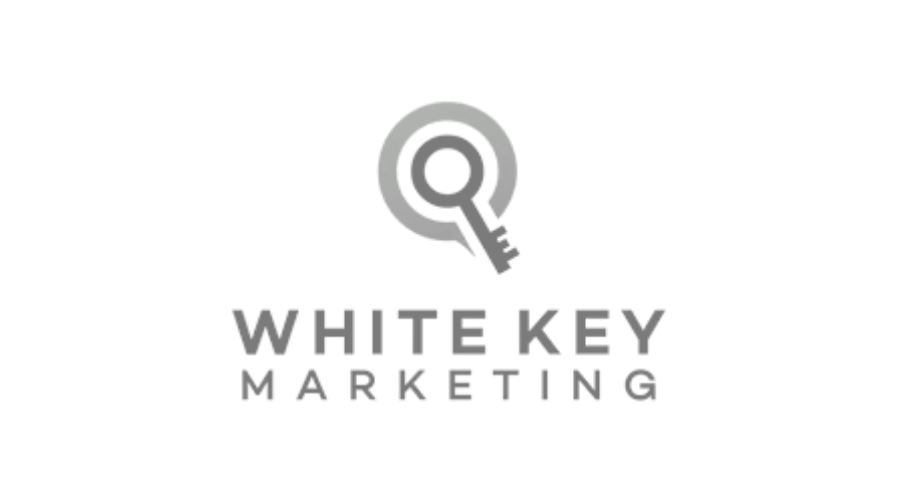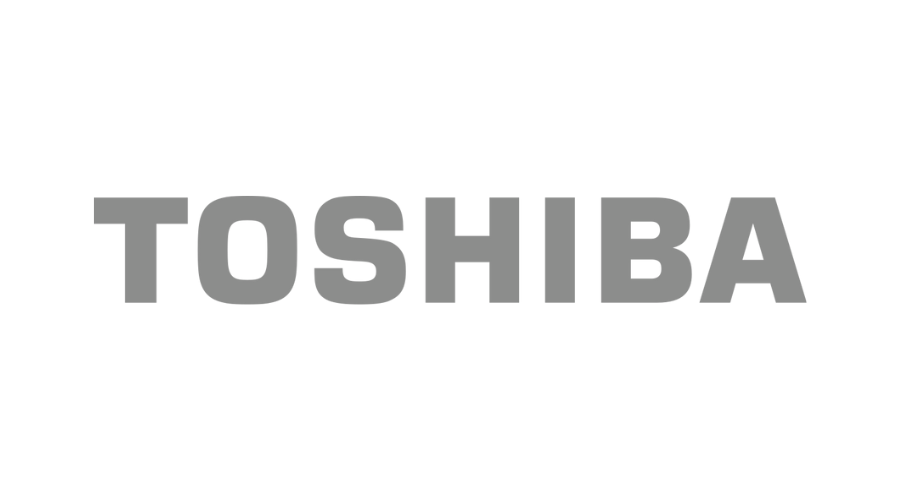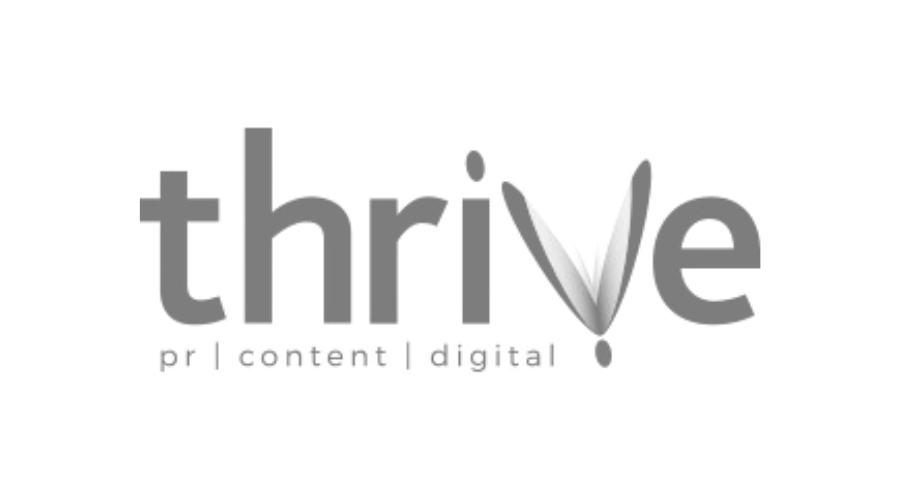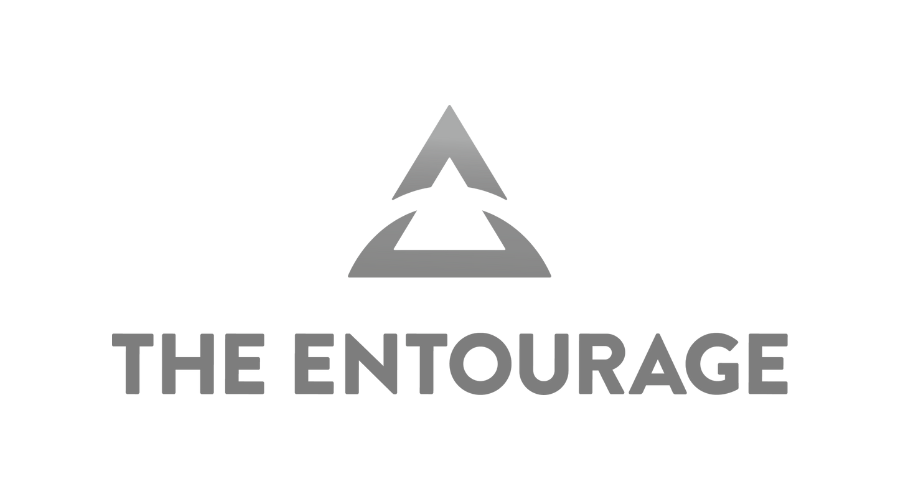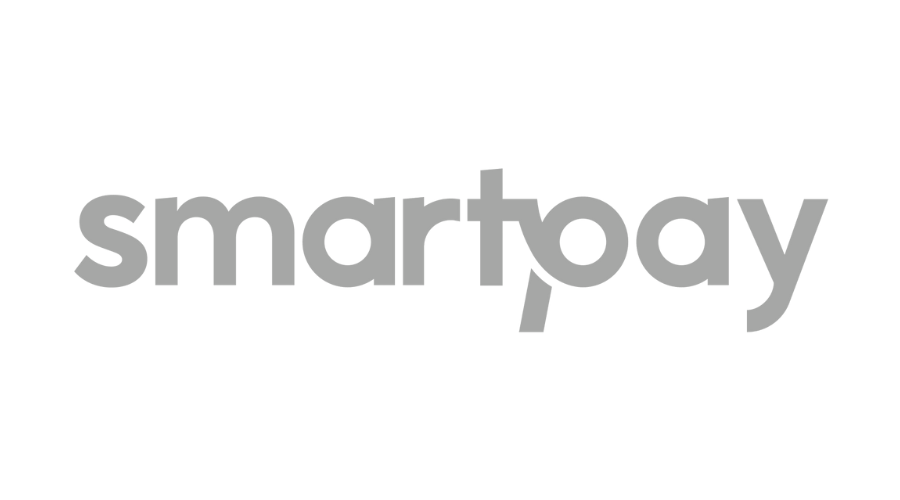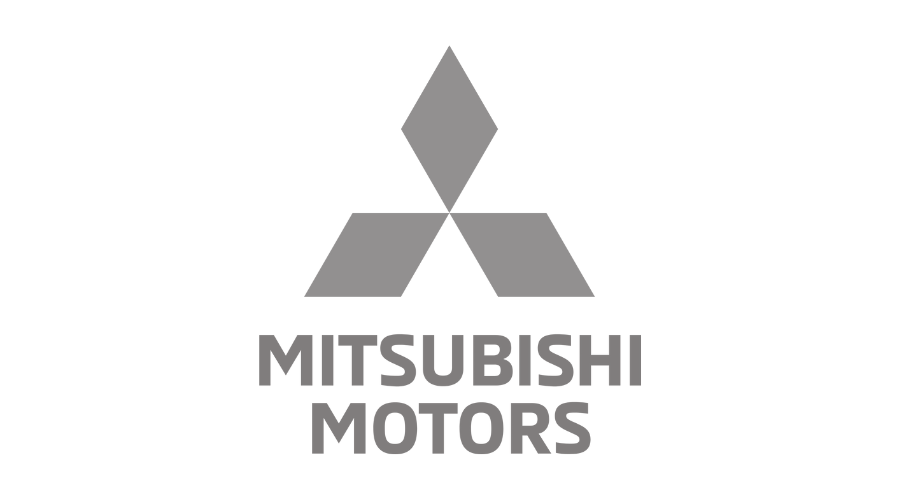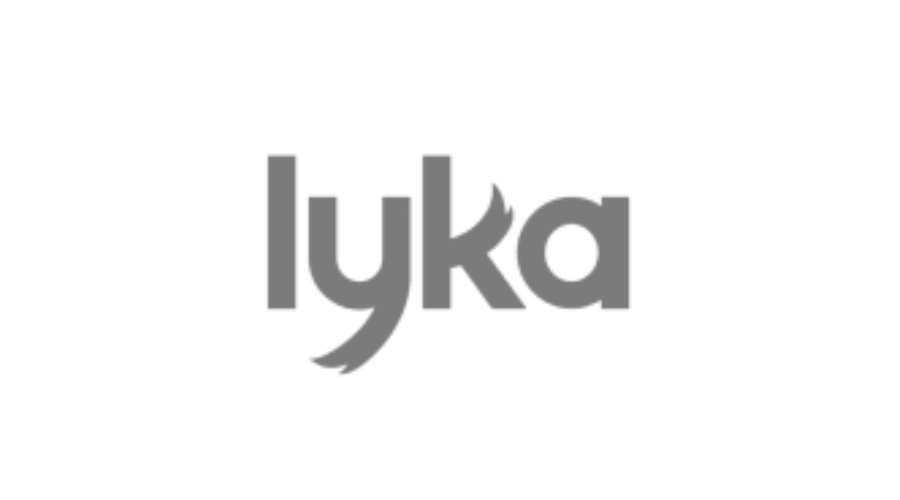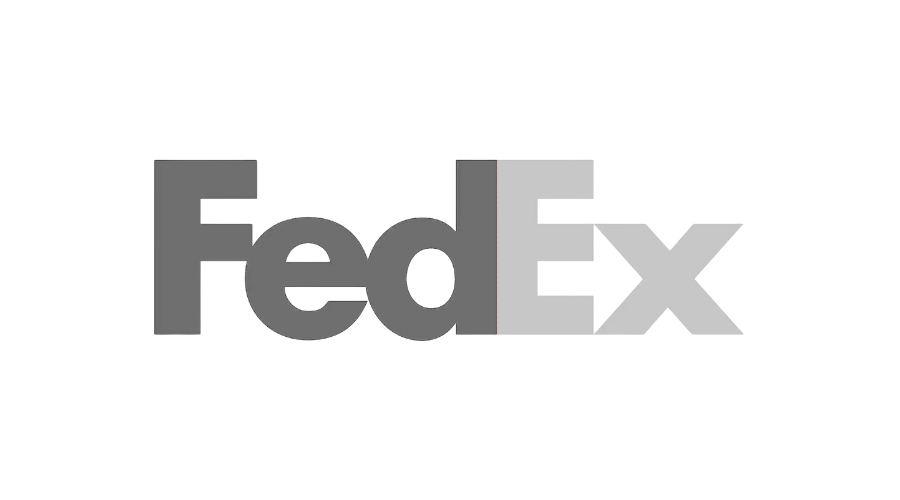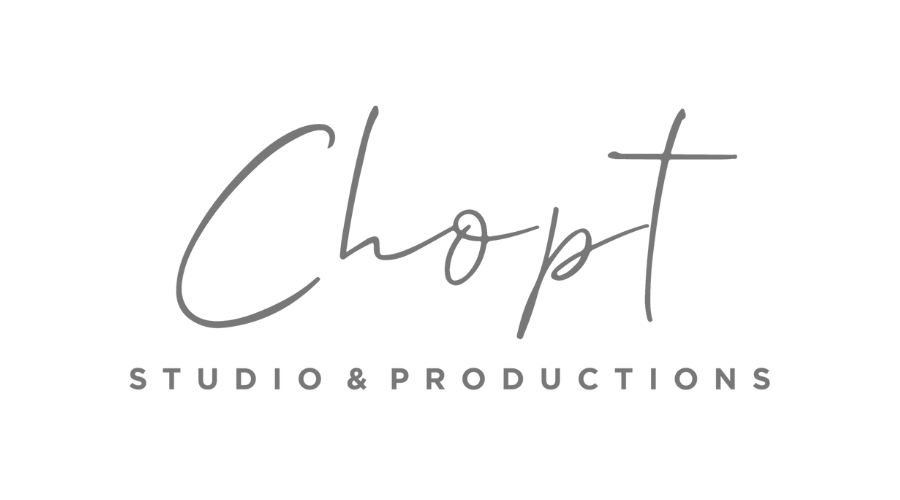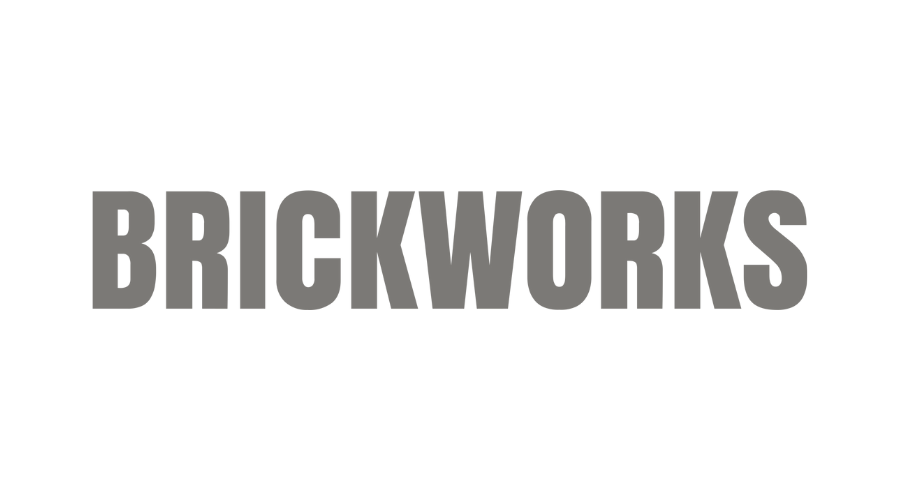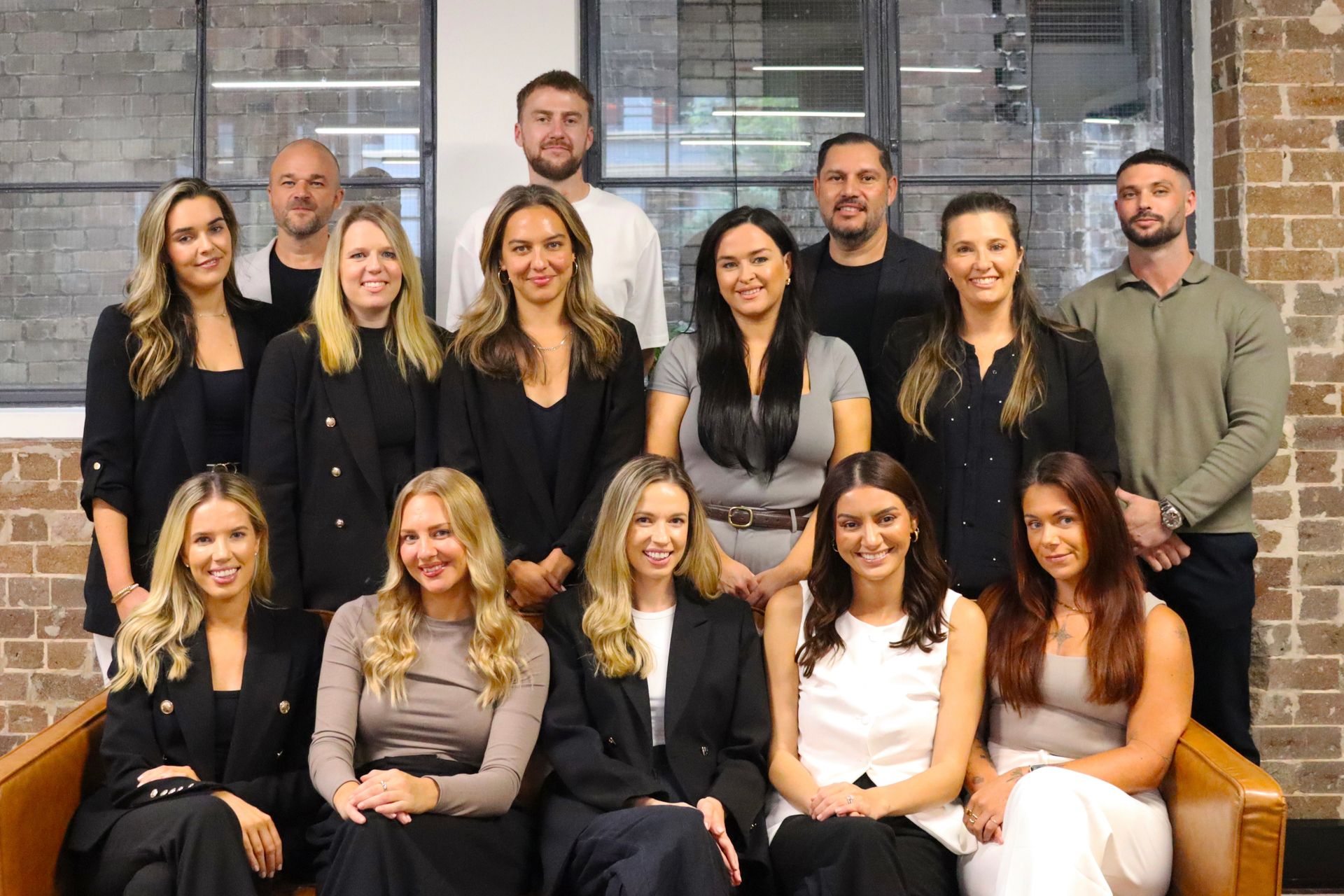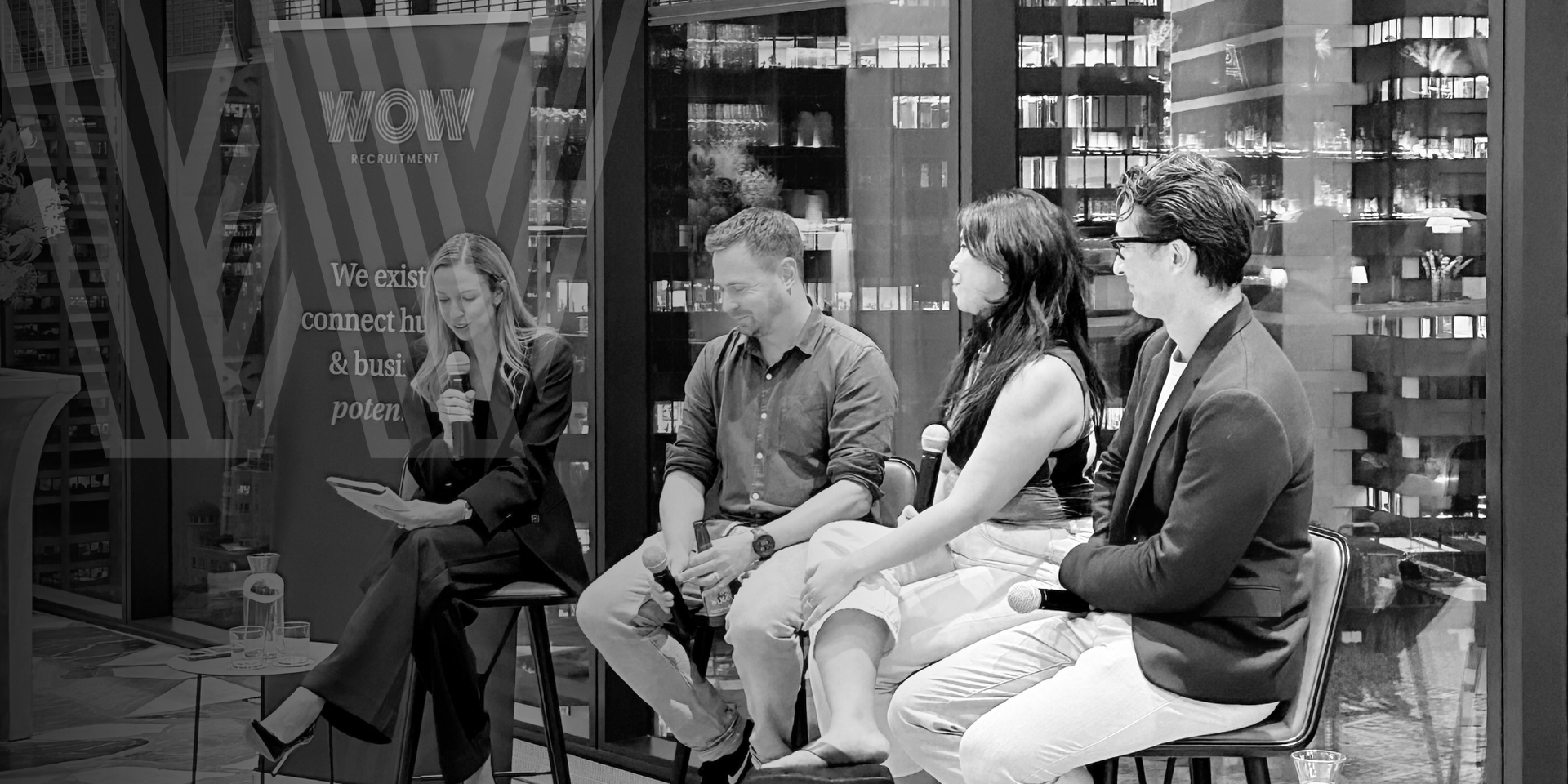By Eydie McLeod
•
December 22, 2025
The Great Resignation put tremendous pressure on companies to attract and retain talent. And while that’s reduced to a great extent now, 55% of employers hired solely to replace departing employees in 2025. Moreover, 38% of employers still report difficulty in recruitment. Both these facts point to one thing: you need a robust recruitment strategy. It’s the key to ensuring business stability as it enables you to get the right talent when you need it. A common dilemma organisations face when building a recruitment strategy is that of choosing between in-house recruitment vs. outsourcing to an agency. Depending on your hiring volume, role complexity, and internal resources, either approach could work. But let’s take a look at them in detail to understand which one is right for you. Cost-Effectiveness Which method works out better for your finances? Lower recruitment costs can help you free up funds for growth and increase profitability. Let’s see how each method stacks up in this regard. In-house Recruitment The costs associated with in-house recruitment majorly comprise of: Staff salaries and benefits Recruitment tools and job board subscriptions Advertising and marketing expenses Onboarding and training costs These are the more “visible” costs, but there are some hidden ones that can increase the impact on your bottom line, such as: Time investment by hiring managers and interviewers Opportunity cost of a vacancy Cost of a bad hire Overworked existing employees until a vacancy is filled That said, in-house recruitment costs don’t come upfront, but add up over time. Also, certain costs like salaries are fixed annual expenses. They could quickly turn into financial drains during periods of low growth. So, it makes sense to opt for this approach only if you have high-volume hiring needs. Recruitment Agency When you opt for a recruitment agency, the upfront costs could be slightly higher as an agency would typically charge a percentage fee of the candidate’s first-year annual salary. Some agencies work on a fixed-fee model as well, where you pay the pre-decided amount on a successful hire. Unlike an in-house setup, you don’t have any recurring costs here. You pay only for a successful outcome, effectively outsourcing the financial risk of the search. Furthermore, recruitment specialists operate as well-oiled machines. Because they focus exclusively on talent acquisition, these firms often possess a deeper understanding of executive requirements and niche markets than a generalist HR team could maintain. Verdict The per-hire costs of in-house recruitment can be lower if you’ve got higher volumes. However, for specialised and one-off hires, agencies provide superior value. The premium demanded by agencies often reflects their market expertise and faster placement outcomes, which result in invisible cost savings. By opting for a fixed-fee or percentage model, you hand over the administrative burden to the agency, freeing you up to focus on other, more pressing matters. Access to Talent - Active vs. Passive Candidate Pools Talent that’s the right fit for your role is out there. But what’s the best way of reaching it? Which method does a better job? In-house Recruitment In-house recruitment teams heavily rely on job boards, ads, and inbound applications for finding the right candidates. These are active candidate pools that include individuals who are actively looking for jobs by searching and applying for them. While effective for junior roles, this approach misses the passive market: high-performing professionals who aren't looking but are willing to move for the right opportunity. That said, in-house teams do get the opportunity to form their own talent pools by connecting with candidates and building relationships with them even before they have new job openings. Recruitment Agency Here at WOW Recruitment, you gain access to both active and passive talent pools. Since they’re solely focused on recruitment, agencies are able to tap into passive candidates through the strong networks they’ve built over the years. This proactive approach comes in handy, especially when you’re looking for niche and senior hires. You gain access to pools that are otherwise out of your in-house team’s reach. For mission-critical or confidential roles where public advertising is a risk, an agency provides the necessary layer of anonymity while still ensuring a robust shortlist. Verdict Recruitment agencies give you access to a much larger candidate pool. You can rely on their existing network to even hire for confidential roles. In-house teams don’t have that edge, but can build it over time. Time-to-Hire and Business Continuity Leaving a position vacant for too long is a risk. Case in point – delayed hiring cycles negatively impact 92% of businesses , often stalling projects and damaging team morale. Here’s how each method fares in this regard: In-house Recruitment In-house teams juggle a broad spectrum of responsibilities, from payroll and compensation to employee training. Recruitment is just one of the competing priorities here, inevitably leading to a longer time-to-hire. Additionally, the in-house team needs to build talent pools from scratch and also has to spend a lot more time on internal alignment. They may sometimes lack the right set of tools to execute their hiring tasks efficiently too. Learn More: 3 Ways to Speed Up Your Hiring Process | WOW Recruitment Recruitment Agency Unlike in-house teams, recruitment agencies are solely focused on finding the right candidate for your business. By using tried-and-tested processes, they can easily discover candidates, tapping into their existing talent pools. They also possess the right tech stack for a smooth end-to-end management of the recruitment campaign. Finally, agencies are motivated by speed as they are only paid for each successful hire. It naturally accelerates the hiring timeline. Verdict A shorter hiring time means your vacancies can be filled quickly with minimal disruption to your business, ensuring continuity. Recruitment agencies can help you fill the vacancies faster than in-house teams, making them a better option. That said, if you have a dedicated team for hiring and need to hire continuously, an in-house team should be your go-to strategy. Improve Your Hiring Outcomes Both in-house teams and recruitment agencies can help you power up your hiring campaigns. However, the right choice depends on your business context. It’s best to assess your hiring urgency, complexity, and internal capability before making a decision. If you’re looking for a shorter time-to-hire, want to keep things confidential, or need to fill executive positions, agencies are the better option. If you’re evaluating which method works better for your business, let’s talk. At WOW Recruitment, we make hiring talent (both permanent and temporary) seamless. Want to experience WOW? Contact us today.


